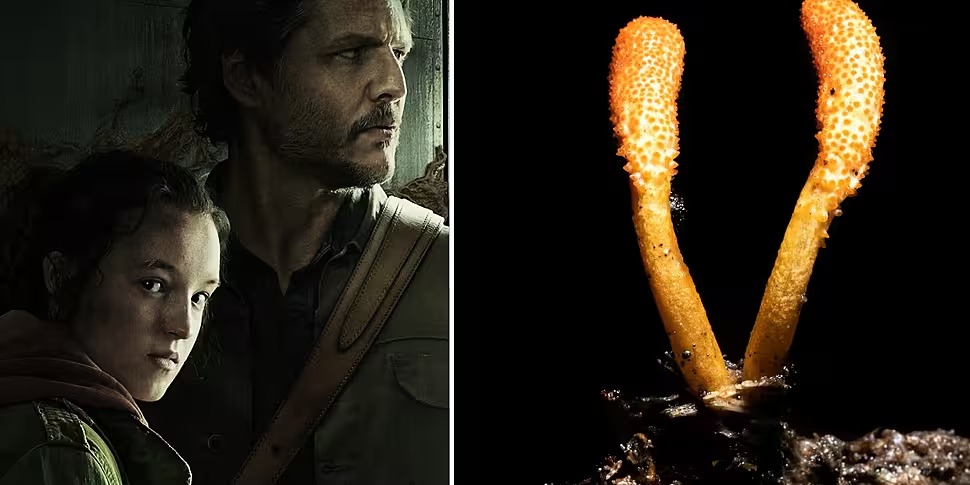People are inhaling many different fungi as they walk around on a daily basis.
That's according to Kevin Kavanagh, Professor of Microbiology at Maynooth University.
He was explaining the science behind cordyceps: a fungus featured in the TV show 'The Last of Us'.
The programme revolves around how a strain of funghi mutates and destroys much of the human race.
The show is science fiction, but also loosely based on real science.
Prof Kavanagh told Moncrieff that particular fungus doesn't attack humans.
"Cordyceps are a group of fungi that attack insects," he said.
"They're generally found in the tropics, so in very warm climates, and they attack the insect and they manipulate it's behaviour by manipulating its brain.
"It means then that the insect is infected: it climbs up a branch or a twig and then it locks into place.
"Eventually the fungus will grow through the body, burst out of the body and then spread spores to infect other insects.
"The Last of Us is sort of loosely based on that, but - to the best of our knowledge - only insects are susceptible to think type of fungus."
Ideal temperatures
He said different fungi thrive at different temperatures.
"Most fungi are in the environment - they're in people's gardens, they're in forests - they're growing at temperatures maybe of 8 to 10°, they're quite happy with that.
"Fungi that attack us and cause disease in us - many of them are quite happy at a temperature of 37°, which is our body temperature.
"Depending on where they're growing, they have specialised to those temperatures".
'Inhaling spores everyday'
Prof Kavanagh said we are all inhaling spores every day we are unaware of.
"On an average day, walking around, we would inhale many different fungi.
"In particular we inhale spores of a fungus aspergillus fumigatus - our immune system is well tuned to these, so we rapidly identify them and kill them.
"However, if our immune system is weakened - for example a transplant patient, a seriously ill cancer patient, or somebody who's had COVID - one of these... would be sufficient to germinate, cause very serious disease and possibly death.
"Our immune system is very effective at defending us, but if it weakens the fungus is able exploit that chance".
'Grown through the body'
He said these fungi can grow throughout the body.
"In a very ill patient... if they're infected with aspergillus fumigatus and literally the conidia could be sampled from their blood, their saliva, from their skin even.
"It is literally grown through the body".
Prof Kavanagh said fungal infections are less of a severe health threat in this part of the world.
"In the western world, the developed world, people do get fungal infections - they can be rapidly identified and treated effectively," he said.
"However, in the developing world, these are a major problem.
"Recent results from the World Health Organisation estimated that in the developing world funghi may kill in the region of 700,000 people a year.
"Many of these deaths are under-reported, they don't identify why the people die," he added.
The Last of Us airs on Sky Atlantic and streaming service NOW









